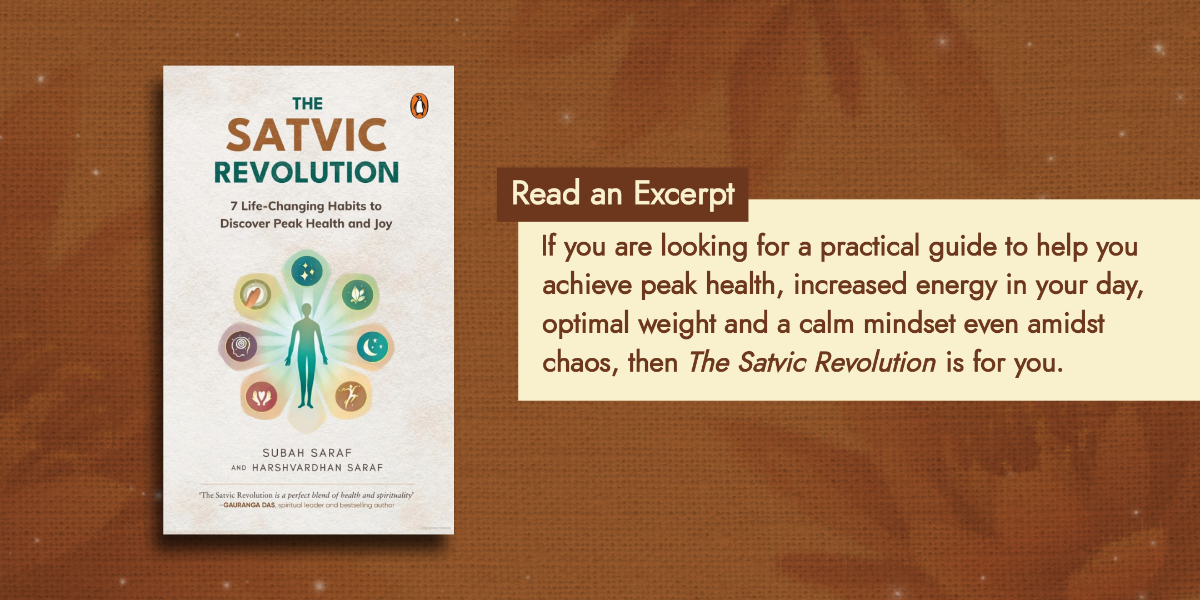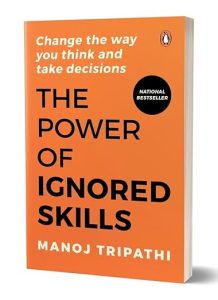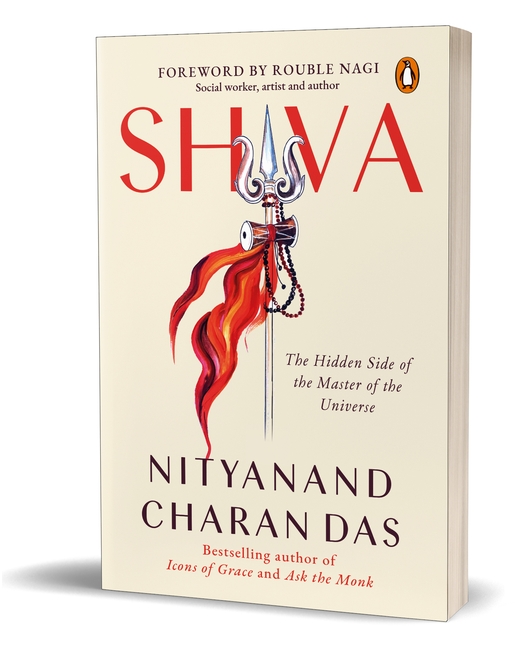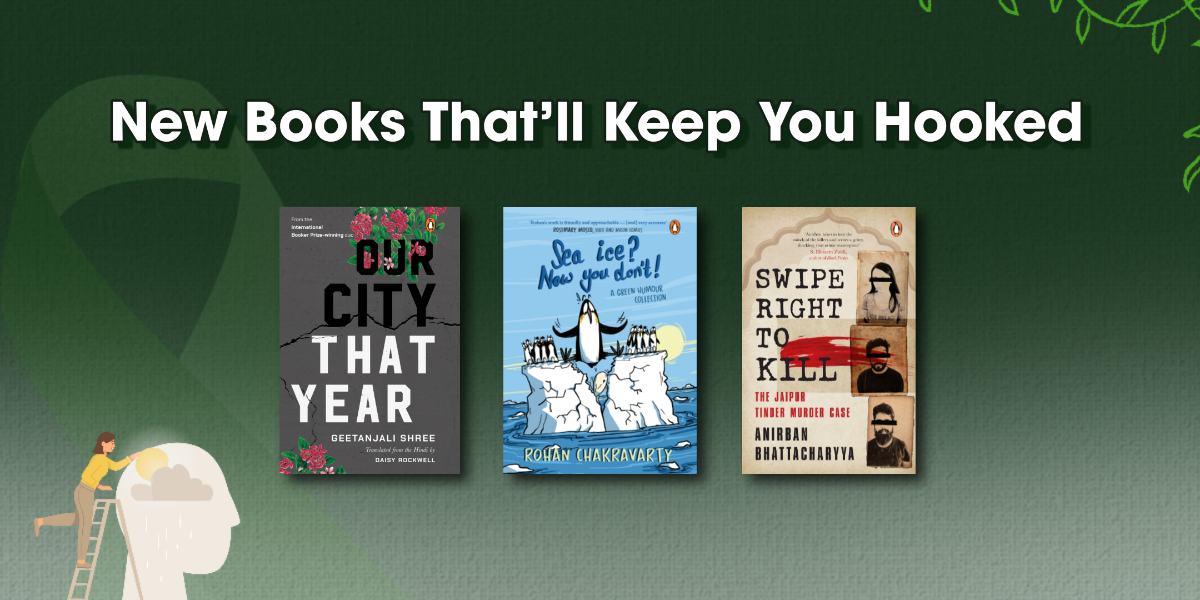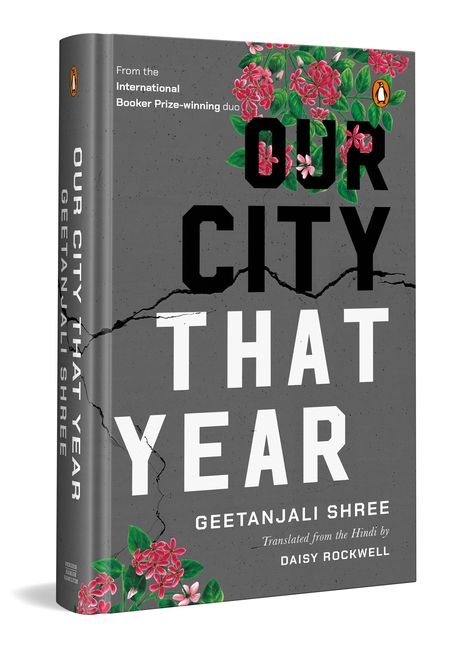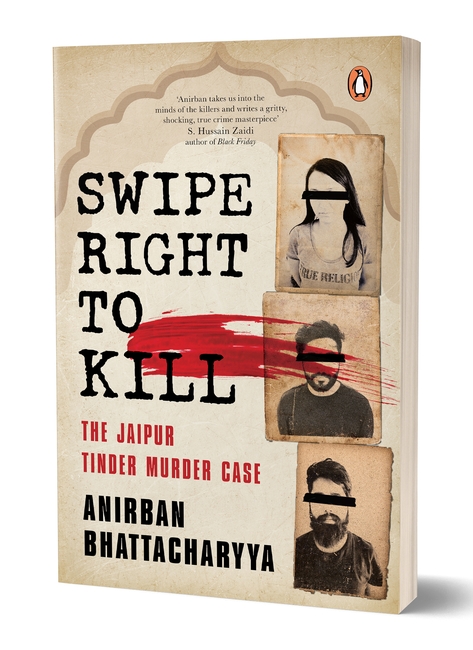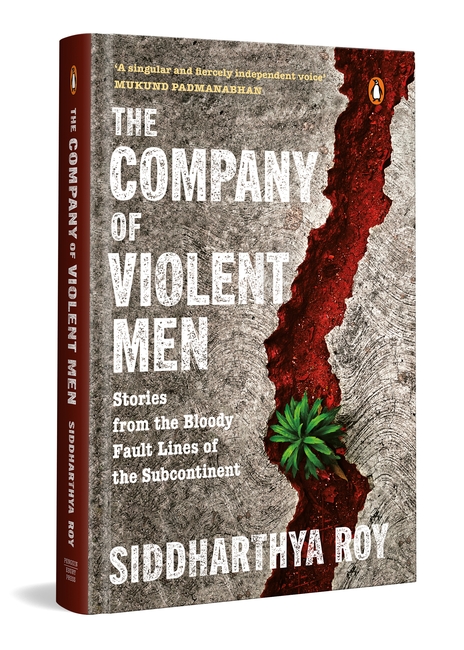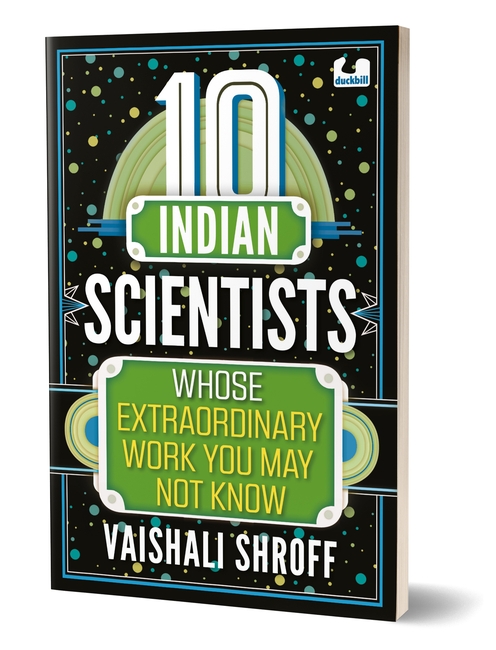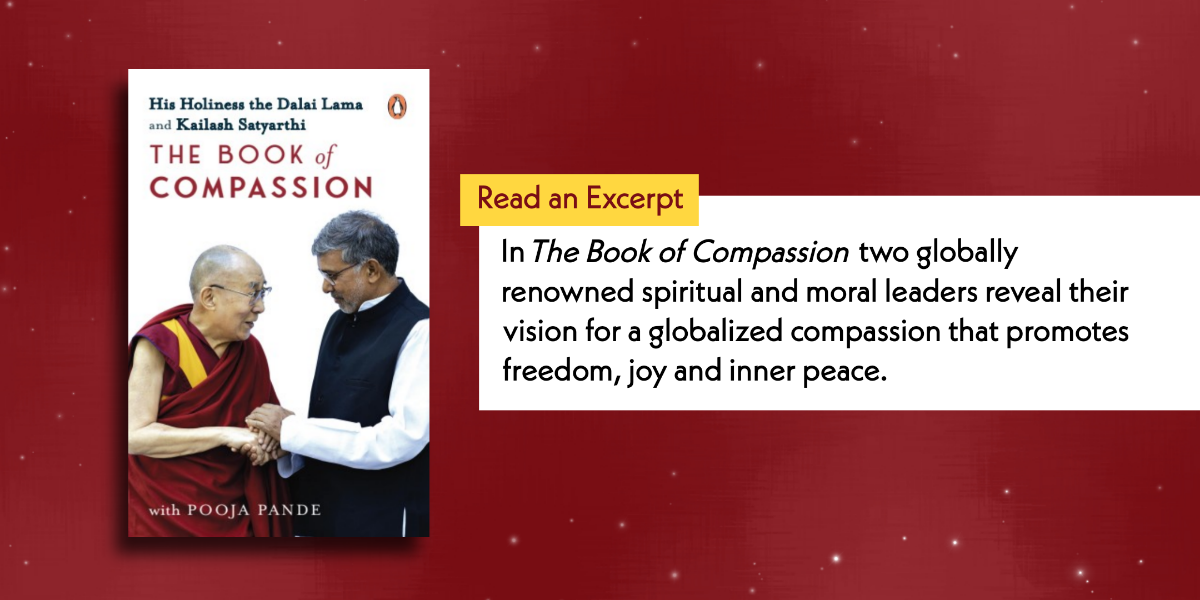Leaves are falling, audiobooks are calling! As the seasons change, what better way to embrace the cozy vibes than with a collection of audiobooks that will captivate your imagination? From ancient mysteries to heartfelt memoirs, audiobooks offer a world of stories that can be experienced anytime, anywhere. Whether you’re drawn to thrilling adventures or intimate personal narratives, this collection brings the magic of storytelling straight to your ears. Plug in, relax, and let these incredible tales sweep you off your feet!

PRESENT DAY, BHARAT
Renowned archaeologist Sudhir Arya dies mysteriously the night before Diwali. His grandson, Vivaan, comes to his hometown to perform the last rites. Here, he gets a phone call that sets him off on a puzzling journey as he discovers thousand-year-old secrets and shocking facts about his identity.
1026 CE, PRABHAS KSHETRA
Sultan Mahmud Ghaznavi has attacked the first jyotirlinga of Lord Mahadev: Somnath. Did he seek the temple’s treasures? Or was he looking for a Puranic heirloom of Sanatan Dharma, the mystery of which has been buried under layers of time?
470 CE, ARAB LAND
Yogi Matsyendranath awakens the kundalini energy of his army through the ritual of Aatma Jaagran as it takes on terrifying, evil entities tasked with protecting the greatest mystery of the Kaliyuga.
SATYUGA, ARYAVARTA
Through yagnas, bloody sacrifices and mantras prohibited in the Vedas, Devi Anishtatri, the goddess of malevolence, is invoked. She appears in her most ferocious form and grants a boon so potent it could change the fate of the universe.
What is the link between Aryavarta, Arab Land and Prabhas Kshetra?
What is the vicious boon that threatens to change the fate of the cosmos?
The ultimate battle of Kaliyuga is about to begin . . .

In his sparkling memoir, M.K. Raina documents the many lives he has lived. From sharing the stage with some of the most celebrated actors in India to his journey as a young man witnessing the violence and horrors rampant through the streets of Kashmir, an entire history of northern India is painted with subtle elegance.
Brimming with delightful anecdotes as well as poignant, painful memories of a region that once was, this book is a tour de force.

It did feel strange to see her lying cold and silent and then being carried away . . . But at the back of my mind was this growing anticipation—Sanjiv Maama was taking me to Mumbai!
When Gopal’s mother dies, his uncle brings him to Mumbai to get a job because he has few prospects as a Dalit boy in a UP village.
Gopal is cast into the unfamiliar world of Squatters Colony, where he has no family or friends. He gets his first job at the bicycle shop owned by the sage Chacha and rapidly makes friends with the strange and diverse people who live in the community—Chacha’s friendly daughter-in-law, the neighbourhood thug Raja, the three-legged Tiger and beautiful Ayesha.
And he learns that when disaster strikes and lives fall apart, he too has a family in the gully.
Zarin Virji’s gripping debut describes the raw rollicking life of Mumbai’s small neighbourhoods with vigour and zest.

Since school, Sana has been the popular girl with excellent grades, beloved by both teachers and parents, living an enviable life. Sana and Ashish have been dating since the eleventh grade, sharing the kind of teenage romance that makes it to the bestsellers list, sells out theatres and causes their loveless friends to gag. Nothing, not even long-distance, can tear the two apart. Except, maybe, a handsome, overachieving, book-reading senior from Sana’s college?
Pranav is the typical ‘cool guy’ sought after by the entire college. He also happens to be Sana’s new friend, Aanchal’s brother. But he’ s nothing more than a friend! Sana already has the best boyfriend in the world!
Correction: had, before a drunk driver on New Year’s Eve obliterated her happiness.
Set in New Delhi, Fool Me Twice is an unconventional story that will stump listeners expecting a good, old romance trope. We meet and fall in love with a young couple planning their futures together when life rudely hijacks the steering wheel. Exploring the ways a twenty-year-old navigates grief and life after a loss that shatters most fifty-year-olds, Fool Me Twice looks at the complexity of falling in love ‘again’ at an age where most are falling for the first time, and what it feels like to move on from mourning one great love to make room for another.

Priyanka Mattoo was born into a wooden house in the Himalayas, as were most of her ancestors. In 1989, however, mounting violence in the region forced Mattoo’s community to flee. The home into which her family poured their dreams was reduced to a pile of rubble.
Mattoo never moved back to her beloved Kashmir―because it no longer existed. She and her family just kept packing and unpacking and moving on. In forty years, Mattoo accumulated thirty-two different addresses, and she chronicles her nomadic existence with wit, wisdom, and an inimitable eye for light within the darkest moments.

Join Anoushka, Krishna, Meenu and Raghu along with Ajja-Ajji on their adventure to Mayawati, a beautiful hilly region in Uttarakhand. Little do they know their trip will be filled with unexpected magic as, this time, their dear Ajja becomes their new storyteller. Amidst snow-capped mountains and towering deodar trees, Ajja weaves tales of kings and princesses, mermaids and bitter gourds, imparting wisdom and compassion along the way.
As the children explore the mountains, they make new friends, learn about Pahadi folk traditions, marvel at breathtaking sunsets and travel to various destinations.
From the bestselling author of Grandma’s Bag of Stories and Grandparents’ Bag of Stories, Sudha Murty, comes another collection of immersive, captivating and sensorial tales with an exciting new twist!















